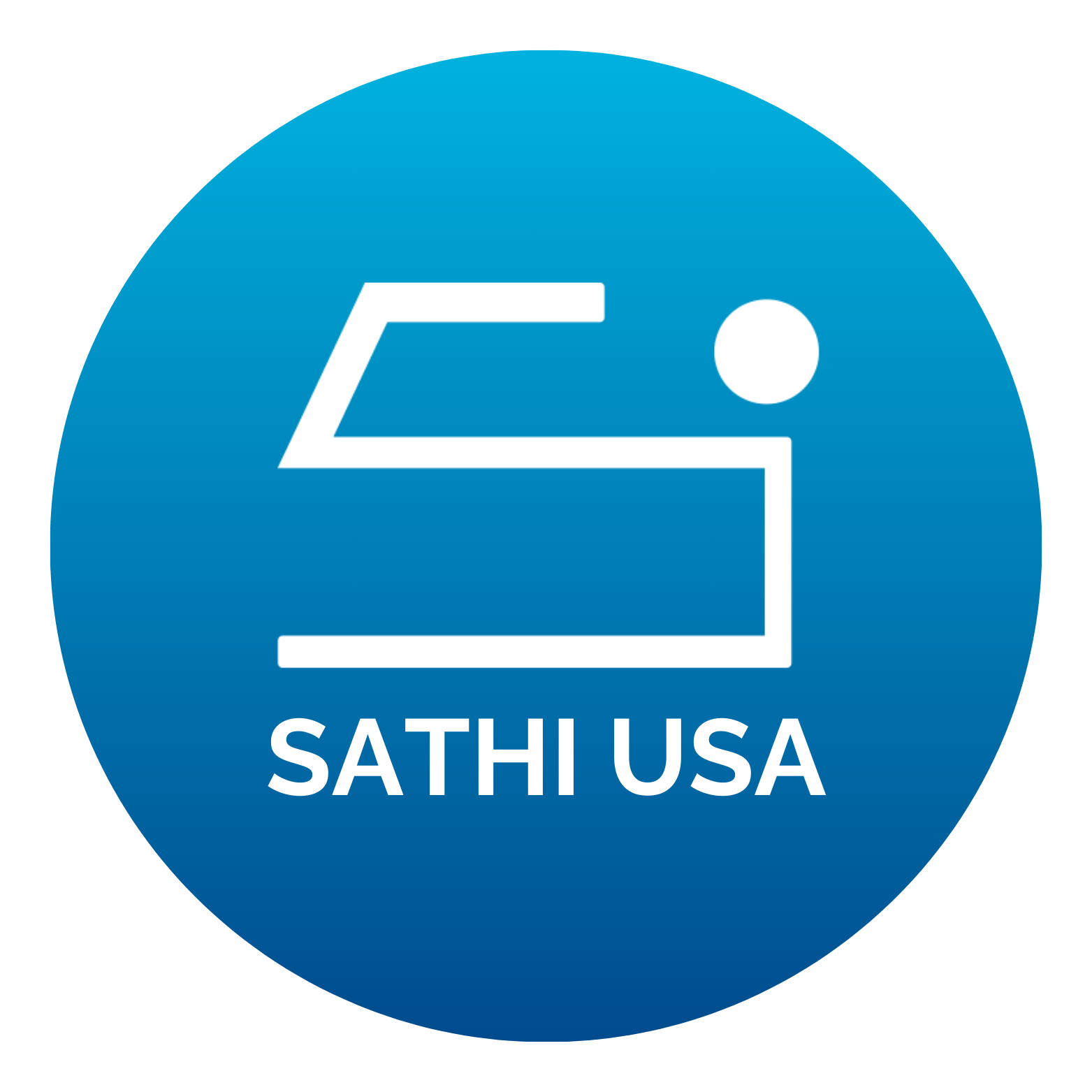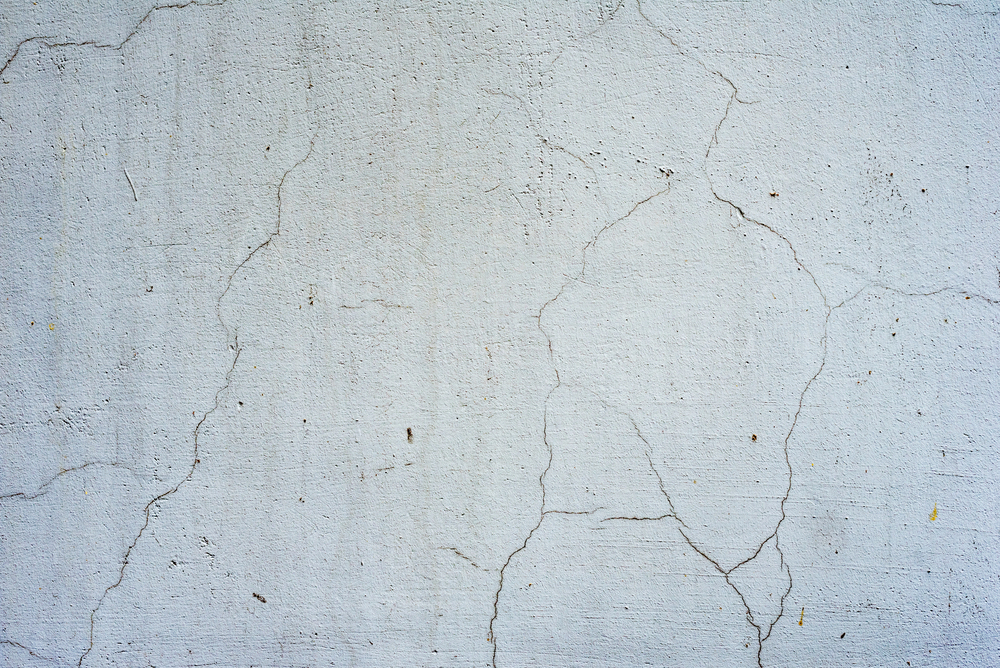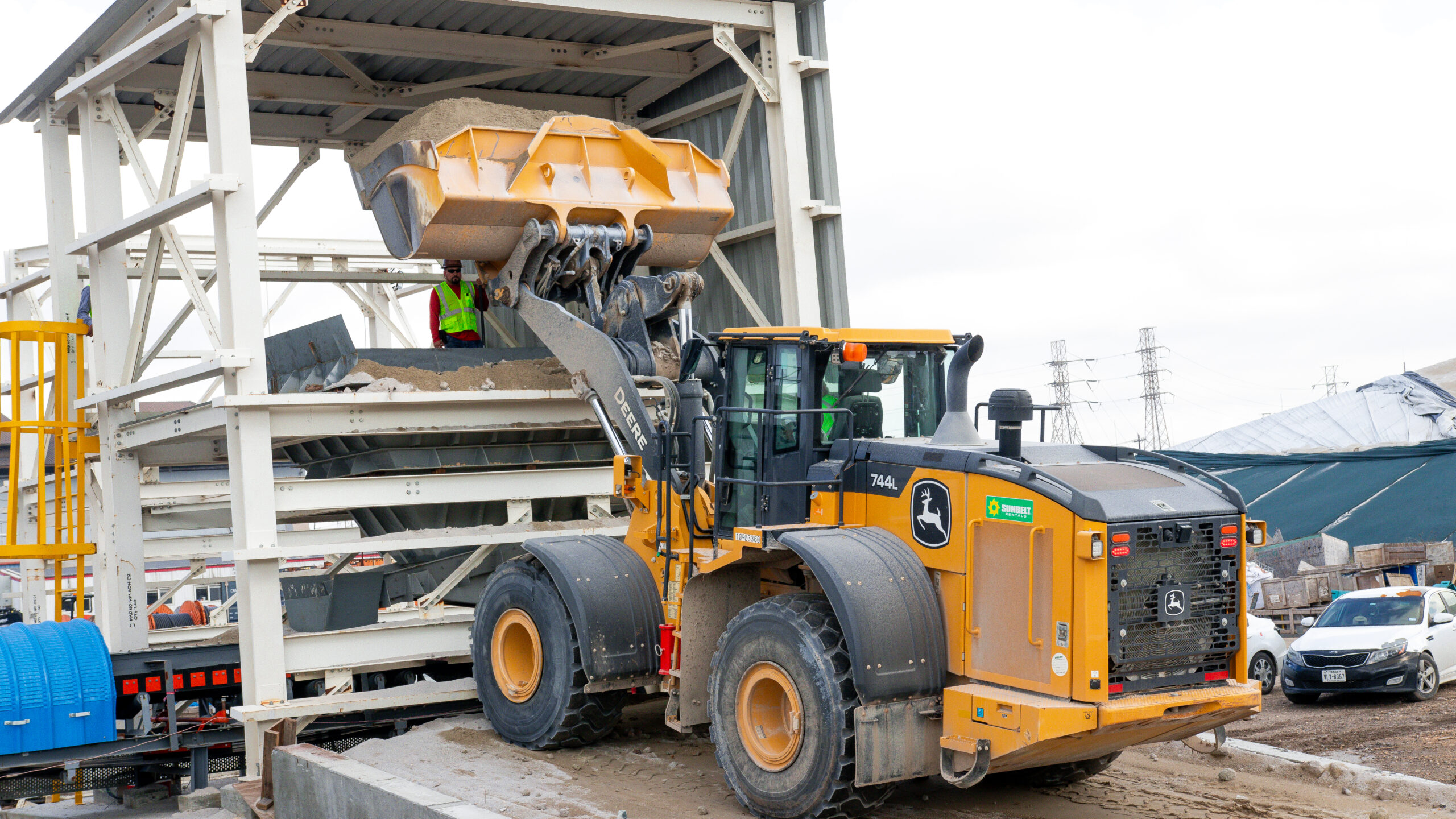Slag Cement and LEED
What is LEED™?
Leadership in Energy and Environmental Design (LEED) is a national standard developed to certify high-performance, sustainable buildings. Among its various standards, LEED for New Construction and Major Renovations (LEED-NC) is the most widely used. LEED operates on a points-based system where buildings earn credits by achieving sustainable performance in categories such as energy efficiency, materials and resources, water conservation, and innovation in design.
Achieving LEED Points with Concrete
Concrete is a key material for building sustainable structures, thanks to its durability, local material use, ability to incorporate recycled content, high reflectivity for reducing heat island effects, and contribution to energy efficiency through its thermal mass. Industry publications offer guidance on how concrete can help earn LEED points, making it a go-to material for environmentally conscious construction.
Slag Cement’s Role in Green Building
Slag cement significantly enhances the sustainability of concrete. When used to replace 20% to 80% of portland cement, slag cement contributes to environmental goals by:
- Reducing the need for virgin materials in concrete production
- Promoting the use of recovered industrial byproducts
- Reducing the cementitious material required for the specified strength
- Improving durability, leading to longer service life
- Lowering embodied energy and greenhouse gas emissions
- Increasing reflectivity, contributing to energy-efficient structures
Through these benefits, slag cement becomes a powerful tool in achieving LEED certification and fostering eco-friendly construction practices.
Environmental and Performance Benefits
Incorporating Ground Granulated Blast-Furnace Slag (GGBFS) into concrete mixes not only enhances performance but also aligns with sustainability goals:
- Reduction in CO₂ Emissions: For every ton of portland cement replaced with slag, approximately 0.8 tons of CO₂ emissions are avoided.
- Waste Utilization: Incorporating slag into concrete diverts waste from landfills, giving steel production byproducts a second life.
- Lower Energy Consumption: Producing slag cement requires less energy compared to portland cement, reducing the overall energy footprint of construction projects.
- Improved Durability: Slag enhances the durability of concrete, reducing maintenance and repair needs over the lifespan of a structure.
These attributes make slag cement a key component in sustainable construction, contributing to LEED points in categories like Materials and Resources and Energy and Atmosphere.
Real-World Applications
Sathi USA’s commitment to sustainability is evident in various high-profile projects:
- Burj Khalifa: Sathi’s pivotal role in supplying GGBFS materials for the construction of the iconic Burj Khalifa, enhancing sustainability and structural strength.
- Sheikh Zayed Bridge: Sathi’s sustainable cement and concrete contribution to the Sheikh Zayed Bridge construction, showcasing innovation and environmental responsibility.
- Louvre Abu Dhabi: Sathi’s GGBFS materials were essential in the construction of the museum’s foundations and critical structural elements, ensuring strength and longevity.
These projects exemplify how slag cement contributes to sustainable construction practices on a global scale.
Partnering with Sathi USA
At Sathi USA, our mission is to lead in sustainable construction materials through eco-friendly GGBFS technology and high-quality slag cement production. By choosing our products, you’re not only enhancing the performance of your concrete but also contributing to a more sustainable future.
For more information on how slag cement can benefit your next project and help achieve LEED certification, visit our Sustainable Construction Materials page or Contact Us directly.



